Our Partners
The Milk River Joint Board of Control (MRJBOC), encompasses eight irrigation districts from Fresno Dam (Havre) to Vandalia Dam (Glasgow). The MRJBOC is comprised of ten board members representing Alfalfa, Fort Belknap, Zurich, Paradise, Harlem, Dodson, Malta and Glasgow. The MRJBOC, the State of Montana, Bureau of Reclamation, Tribal Water Rights and municipalities make up the majority of water users throughout the Milk River Basin, an area covering over 700 miles and encompassing over 140,000 irrigated acres. For over 100 years, the St. Mary Canal and Conveyance Works has augmented the Milk River Basin water supply. This system was authorized and become one of the US Bureau of Reclamation’s first projects to provide supplemental irrigation water along the Milk River but has evolved into a multi-use project which includes municipalities, recreation, and wildlife habitats. During a typical irrigation season, approximately 50% of Milk River flows near Havre, MT originate from the Canal; in a dry year, 90% of flows are transferred into the Milk River. Throughout the years, the Joint Board of Control has worked with many partners for the sole purpose of preserving and protecting the Milk River project. Some of the project partners include:
The United States Bureau of Reclamation
Established in 1902, the Bureau of Reclamation is best known for dams, powerplants, and canals it constructed in the 17 western states. These water projects led to homesteading and promoted the economic development of the West. Today, Reclamation is the largest wholesaler of water in the country. We bring water to more than 31 million people, and provide one out of five Western farmers (140,000) with irrigation water for 10 million acres of farmland that produce 60% of the nation’s vegetables and 25% of its fruits and nuts. Located in the northern reaches of Montana, just a stone’s throw from Canada, the St. Mary River flows out of beautiful Glacier National Park, through the Blackfeet Reservation and then into Canada.
As part of the Milk River Project, the St. Mary Diversion Dam, located just north of Lower St. Mary Lake, was built to start water running on a course through a 29-mile canal system, and finally into the North Fork of the Milk River where it continues through Canada for approximately 220 miles before it flows back in into the United States. The Milk River Project was authorized in 1903 as one of the first of five projects ever authorized by Congress for Reclamation to design and build. St. Mary was authorized as a single purpose project for the purpose of water supply, and is still owned, operated and maintained by the Bureau of Reclamation. This project provides benefits for tribal nations, farmers, municipalities, flood control, fish and wildlife, and recreation. The diversion dam, head gates, drops, canals and other man-made water control features have helped support irrigation needs of farms and ranches since the early 1900s.
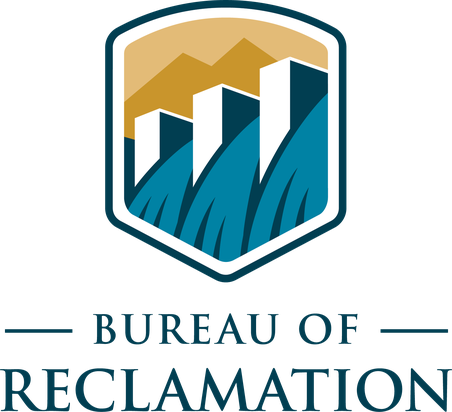
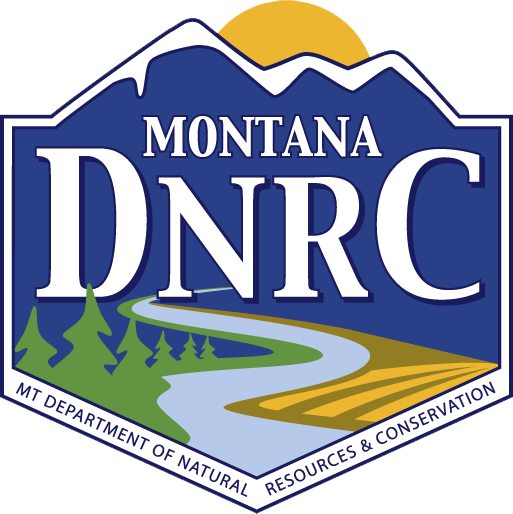
The State of Montana – Department of Natural Resource and Conservation
The Department of Natural Resource and Conservation (DNRC) and Water Resource Division is an integral part of the Milk River Project helping to protect, utilize and educating citizens of its importance. As an organization, DNRC is responsible for managing Montana’s water for present and future needs of its people. The DNRC team works to preserve and enhance the environment of the State of Montana through financial and technical assistance for conservation, resource development, protection, and management of the State’s natural resources. DNRC maintains and compiles accurate, up-to-date stream flow data for monitoring gages, providing critical data for managing reservoirs, irrigation schedules, water rights permitting and adjudication, floodplain management and other services for farmers, ranchers, citizens and communities. Through diverse programs and dedicated staff, the Montana DNRC works to help ensure Montana’s land and water resources provide benefits for present and future generations.
Natural Resource and Conservation Service
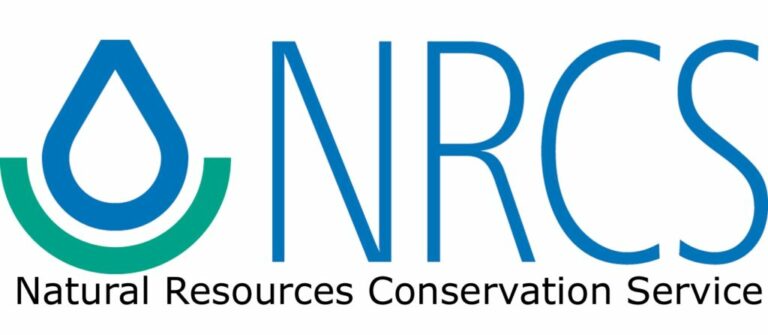

Blackfeet Nation
The Blackfeet Indian Reservation, established by treaty in 1855, is home to the 17,321-member Blackfeet Nation, one of the 10 largest tribes in the United States. The St. Mary Diversion and Conveyance works, which deliver water from the St. Mary River to the Milk River and provide the water for the Milk River Project’s irrigation supply downstream, are located completely within the boundaries of the Blackfeet Reservation in northwestern Montana. Along with the project being within the boundaries, the 2009 Montana Legislature passed a compact settlement between the Blackfeet Tribe, the United States, and the State of Montana. The compact quantifies the reserved water right for the Blackfeet while protecting the rights of non-tribal water users locally and downstream on Birch Creek and the Milk River. The compact was first introduced in Congress in 2010 (go to The Thomas Library of Congress website and type bill number S.612) and signed into law by President Obama on December 16, 2016.
Ft. Belknap Indian Community
Fort Belknap Indian Reservation is homeland to the Assiniboine (Nakoda) and Gros Ventre (Aaniiih) Tribes. Fort Belknap Indian Reservation is located forty miles south of the Canadian border and twenty miles north of the Missouri River, which is the route of the Lewis and Clark Expedition. Fort Belknap Indian Reservation, established by an Act of Congress on May 1, 1888, is the fourth largest Indian reservation in Montana and was established at its present location, four miles southeast of the present township of Harlem, Montana. The Fort Belknap Tribe is currently working through the federal Compacting process but holds a senior water right for the Milk River Project. The Fort Belknap Indian Community (FBIC) has been actively working with federal, state and stakeholder representatives since 2018 to have federal legislation introduced in an effort to obtain congressional ratification of the Compact. The Joint Board continues to support the water compact process and works closely with the Tribe to review and provide support for federal legislation. The Fort Belknap Tribe also shares 1/7th of the storage in Fresno Reservoir, west of Havre, Montana, with the Milk River Irrigators.
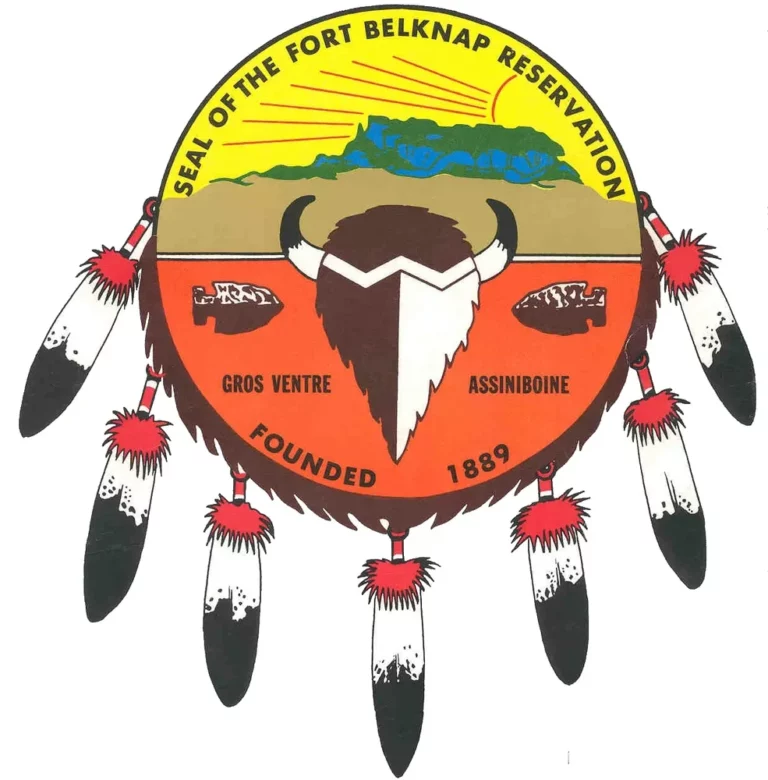

United State Fish and Wildlife Service
Montana Fish and Wildlife Conservation Office is part of a network of field stations located throughout the nation that works to conserve fish and aquatic resources. Biologists from the Arctic Circle to the Florida Keys work to restore native species, including protect imperiled species and their habitats; monitor and control invasive species ; evaluate native fish stocks and their habitats; and prescribe remedial measures to fix problems. Conserving imperiled fish and aquatic species and wildlife species – i.e. those in serious decline or listed under the Endangered Species Act – by planning, coordinating, implementing, and evaluating activities such as habitat restoration and captive propagation. Currently the Montana Fish and Wildlife Conservation Office is focused on three species of which one, the Bull Trout, is found in the St. Mary system. The U.S. Fish and Wildlife Service (FWS) issued a Biological Opinion on Sept. 4, 2020, in response to the Bureau of Reclamation’s request for consultation under the Endangered Species Act for continued operation and maintenance of the St. Mary Unit of the Milk River Project and its effects on bull trout populations. FWS determined Reclamation’s operations of the St. Mary Diversion Dam and Canal and pertinent features are not likely to jeopardize the continued existence of bull trout populations. The Biological Opinion covers the period from 2020 through 2025.
St. Mary Rehabilitation Working Group
On November 18, 2003, Lt. Governor Karl Ohs convened a meeting in Havre, Montana, to raise awareness of the urgent need to rehabilitate the aging St. Mary Diversion and Conveyance Works. The meeting set in motion a process through which representatives from the State of Montana, federal and tribal governments, and Milk River basin water users could work together to seek congressional authorization and funding to rehabilitate and modernize the system. The St. Mary Rehabilitation Working Group was created to craft a “workable solution” for rehabilitation of the St. Mary facilities before the system suffers catastrophic failure.
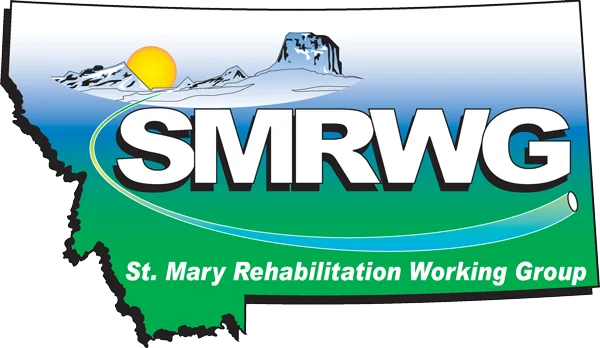
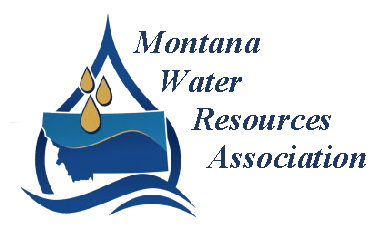
Montana Water Resources Association
MWRA provides significant participation and lobby efforts in order to achieve balanced statutory and policy results that are beneficial to Montana’s water users. MWRA participates directly in all water related state legislative, regulatory, and policy development activities. MWRA also communicates directly with and lobbies Montana and other Congressional delegates and provides information and testimony on water issues in Montana and directly related to the Milk River Project. MWRA works with other agricultural organizations and water interests to ensure protection of water and other property rights.
Municipalities
The communities of Havre, Chinook, Harlem, Hill County, and North Havre Water District have water supply contracts with Reclamation for municipal water. The communities currently use an average of about 2,600 AF annually. The combined contracted amount of water is up to 4,600 AF annually, so they are presently using considerably less than the contracted volume. Municipal use represents less than 1 percent of total Milk River diversions.

Other Partners
Walleyes Unlimited – Milk River Watershed Alliance – Conservation Districts – Irrigators and Landowners